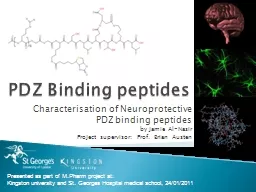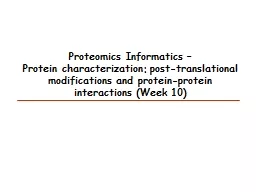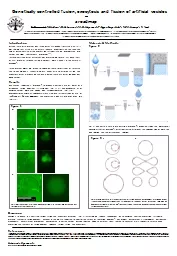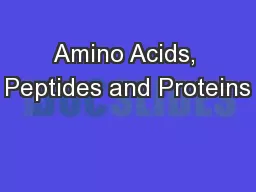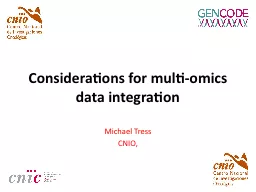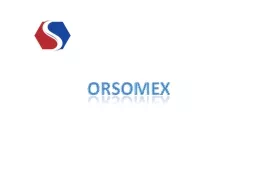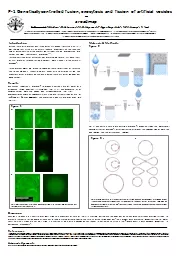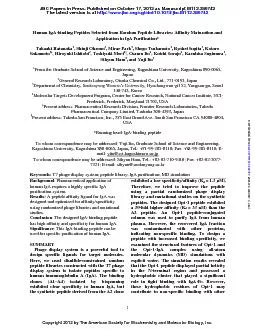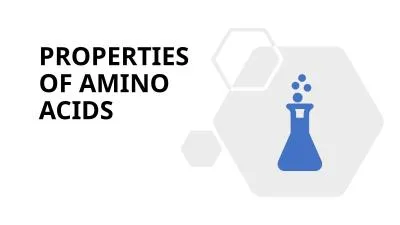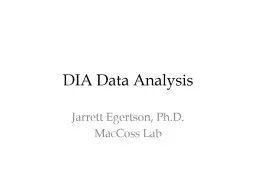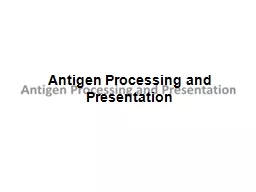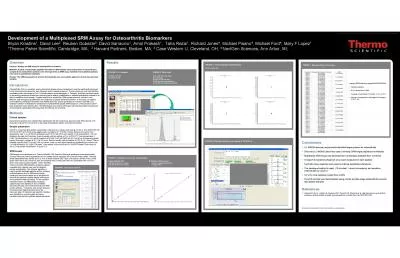PPT-PDZ Binding peptides
Author : mitsue-stanley | Published Date : 2016-05-15
Characterisation of Neuroprotective PDZ binding peptides by Jamie AlNasir Project supervisor Prof Brian Austen Presented as part of MPharm project at Kingston university
Presentation Embed Code
Download Presentation
Download Presentation The PPT/PDF document "PDZ Binding peptides" is the property of its rightful owner. Permission is granted to download and print the materials on this website for personal, non-commercial use only, and to display it on your personal computer provided you do not modify the materials and that you retain all copyright notices contained in the materials. By downloading content from our website, you accept the terms of this agreement.
PDZ Binding peptides: Transcript
Download Rules Of Document
"PDZ Binding peptides"The content belongs to its owner. You may download and print it for personal use, without modification, and keep all copyright notices. By downloading, you agree to these terms.
Related Documents

